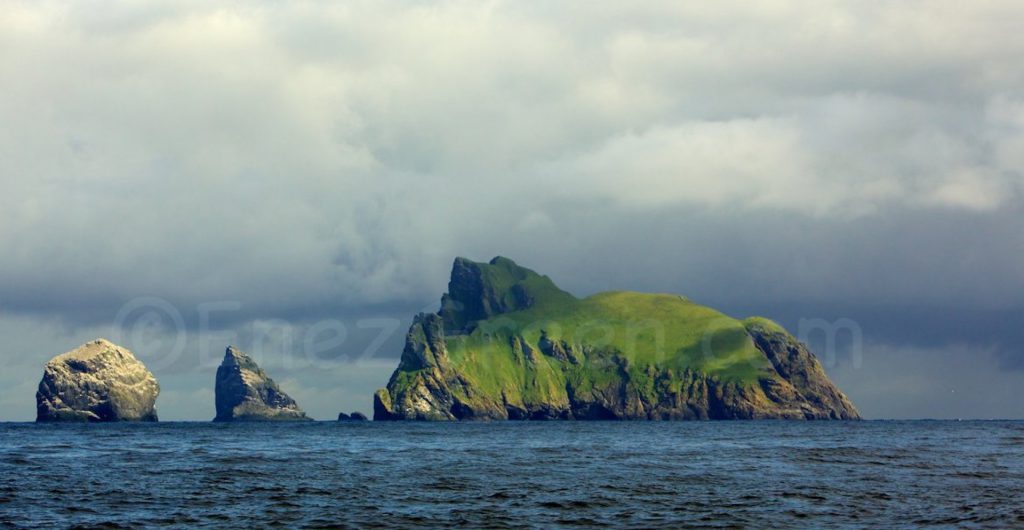A fundraising campaign to save the North Atlantic largest bird sanctuary
The National Trust for Scotland (NTS) is asking for donations to help fund the conservation campaign, amounting to almost 350 000 euros per year, to save biodiversity of Saint Kilda archipelago considered as the largest bird sanctuary of the north Atlantic.
The Trust, which last week celebrated the 30th anniversary of the designation of Saint Kilda as a World Heritage Site as regards its marine birds concentration of global importance and its outstanding natural heritage, estimated that the main four species of marine birds of the archipelago have dropped from 50% to 90% since 1999.
This estimate includes a decrease of 56% of boreal Northern Fulmars up to 27,000 occupied sites; the loss of over half guillemots identified in 1999, with only 8,206 people recorded last year; and a decrease of 68% in the number of small penguins estimated at 718 individuals.
More info about Scotland: climate change is threatening Saint Kilda’s seabirds
Global warming causing the fall and moving of the food source for seabirds in deeper water or further north
Environmentalists believe that warming seas led to a sharp decline of the availability of sandeel, one of the main sources of food for seabirds, while moving other marine foods deeper water or further north. Marine biologists also suspect that northern fulmars have suffered from the reform of the common fisheries policy which led to the banning of fish discards imposed on trawlers.
Approximately 600,000 seabirds, including puffins, manx shearwaters and gannets, travel each year on the seven islands of St Kilda for nesting. The NTS had to sell some of its properties to restore its finances, made an appeal for donations to fund the scientifc monitoring of birds but also repair the 1400 “cliets” conical stone structures used by birds as shelters.
The men settled in Saint Kilda 4000 years ago. These people survived by feeding on birds. Yet, facing this too hostile nature, Saint Kildan islanders requested their evacuation in 1930.




